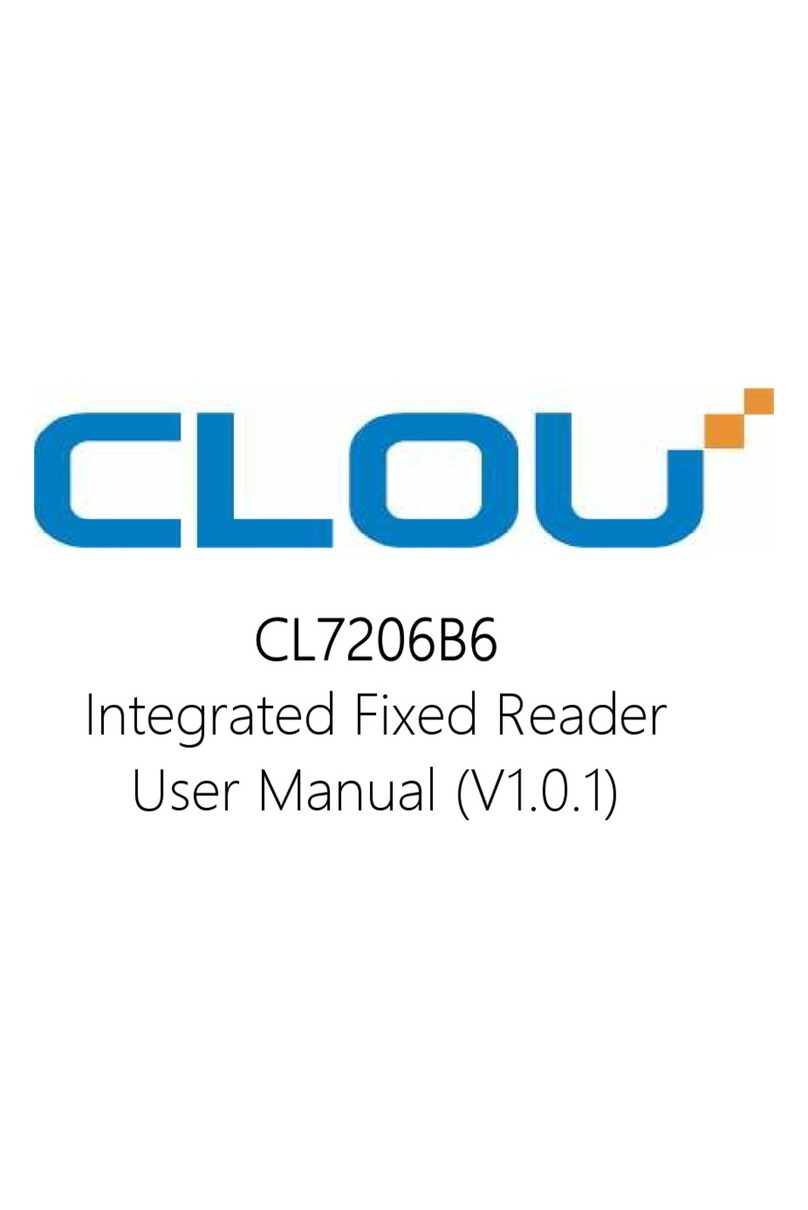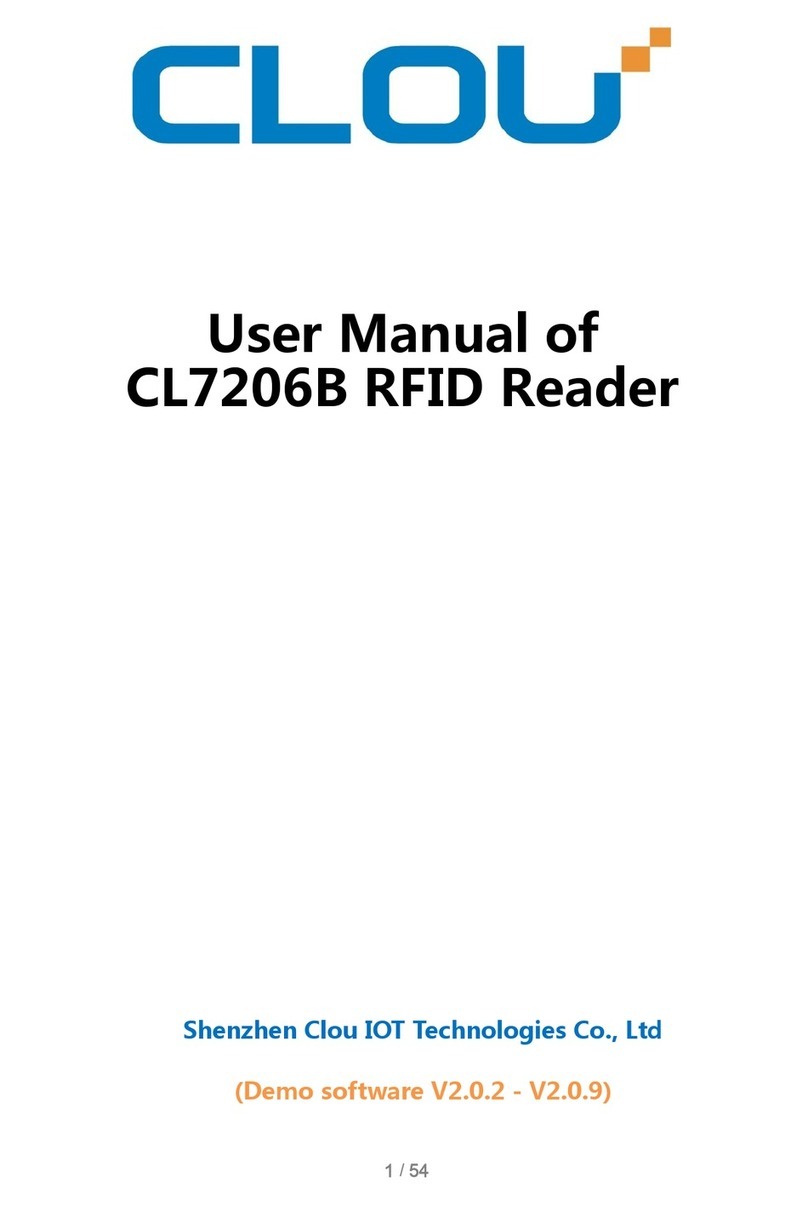3.6 ACCEPTANCE ................................................................................................................................................................................. 20
3.6.1 checking physical installation ........................................................................................................................................ 20
3.6.2 checking reader performance ....................................................................................................................................... 20
CHAPTER IV, OPERATION GUIDE ........................................................................................................................................... 21
4.1 DEMO SOFTWARE FUNCTIONS ................................................................................................................................................... 21
4.2 SOFTWARE ENVIRONMENT .......................................................................................................................................................... 21
4.3 DEMO SOFTWARE VERSION NUMBER. ...................................................................................................................................... 21
4.4 TEST DEMO OPERATIONS ............................................................................................................................................................ 21
4.4.1 How to connect the reader .................................................................................................................................................... 21
4.4.2 Data display ......................................................................................................................................................................... 24
4.4.3 Write data .......................................................................................................................................................................... 28
4.4.4 TCP server /client mode ................................................................................................................................................. 30
4.4.5 Clock setting ........................................................................................................................................................................ 31
4.4.6 Hopping frequency management ................................................................................................................................ 32
4.4.7 tag filtering ........................................................................................................................................................................ 33
4.4.8 Automatic idle configuration .......................................................................................................................................... 34
In main UI, click “configuration”Æ”RFID configuration”Æautomatic idleÆ, dialog box pop up as per picture
4-18.................................................................................................................................................................................................... 34
4.4.9 GPI/O configuration .......................................................................................................................................................... 35
4.4.10 Tool ....................................................................................................................................................................................... 36
V, COMMON FAILURE PHENOMENON .................................................................................................................................. 39
5.1 DAILY MAINTENANCE .................................................................................................................................................................... 39
5.2 COMMON FAILURE ANALYSIS &RESOLUTIONS ........................................................................................................................ 39
5.3.MAINTENANCE WHEN NOT USED FOR LONG TIME. .............................................................................................................. 40
CHAPTER VI, PACKAGING, ACCESSORIES, TRANSPORTATION & STORAGE. ................................................. 41
6.1 PACKAGING: ................................................................................................................................................................................... 41





























